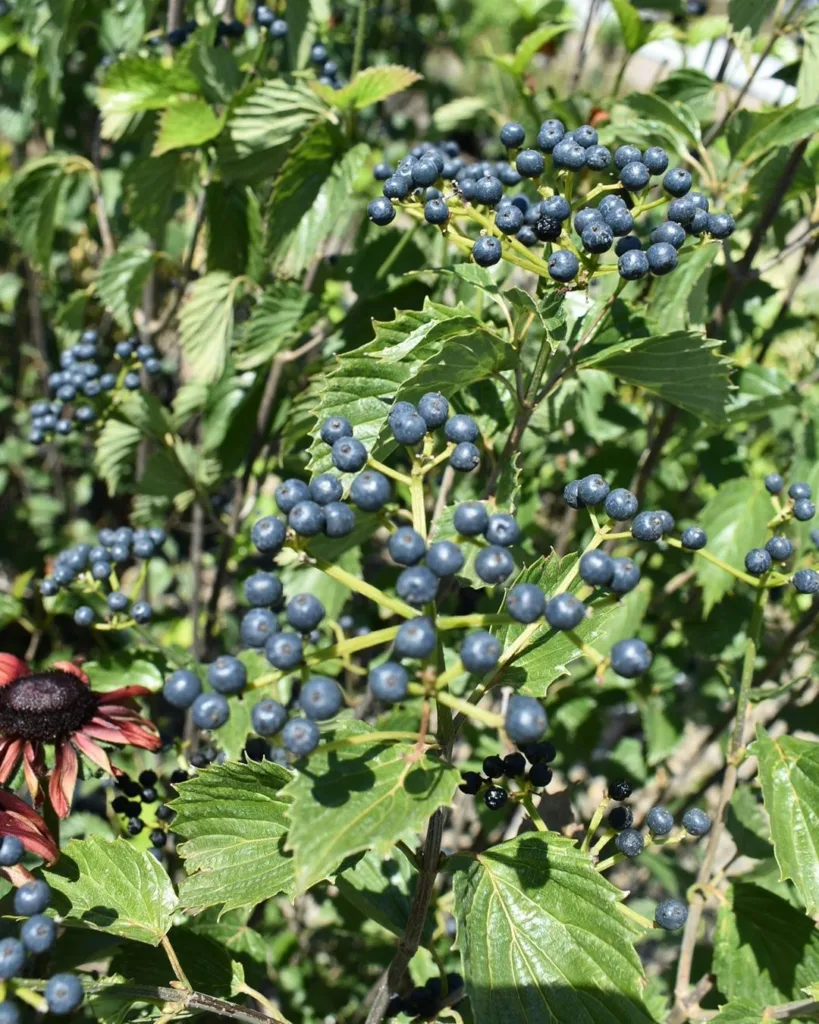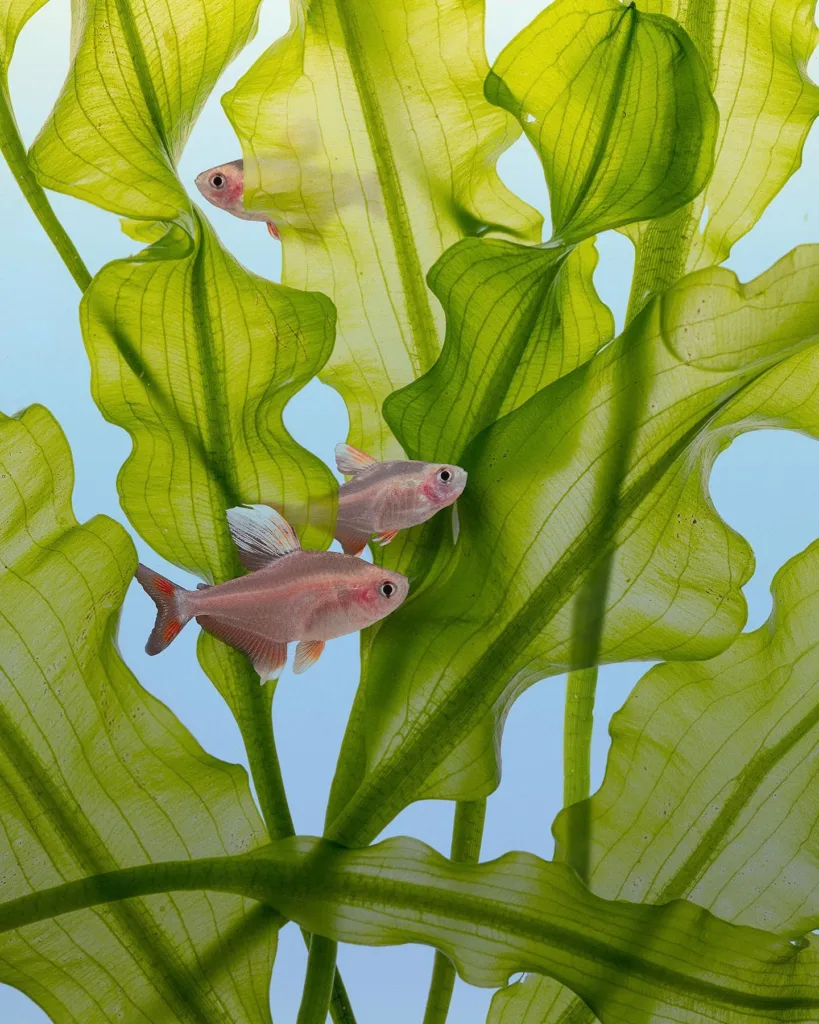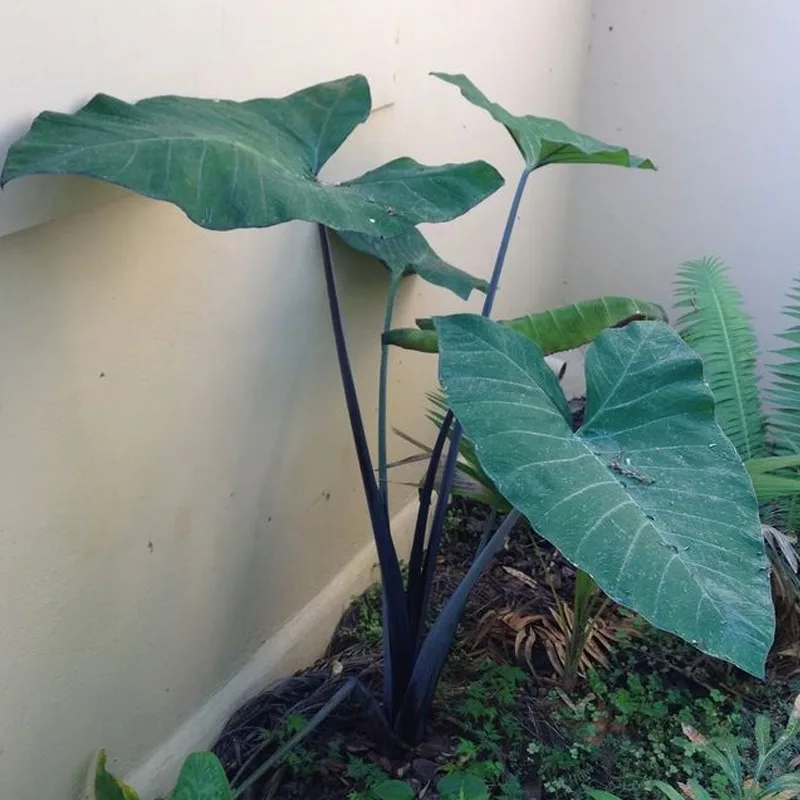Albizia: A Deep Dive with Ferb Vu
The world of plants is vast and diverse, filled with wonders that never cease to amaze me. As a plant enthusiast, I’m always eager to delve deeper into the intricacies of different genera, and today, I want to share my fascination with Albizia. This genus, belonging to the family Fabaceae, is a treasure trove of beautiful and useful trees and shrubs, predominantly found in tropical and subtropical regions around the globe.
Why Albizia?
What draws me to Albizia is its remarkable versatility. These plants are not just aesthetically pleasing, but they also play significant roles in various ecosystems and human societies. From providing shade and shelter to offering medicinal properties and timber, Albizia species have proven to be valuable assets. Their adaptability to different environments further adds to their appeal, making them a subject of great interest for botanists and nature lovers alike.
A Diverse Genus
Albizia is a large genus, encompassing 99 recognized species. This diversity is reflected in the wide range of forms and characteristics exhibited by these plants:
- Albizia acle (Blanco) Merr.
- Albizia adianthifolia (Schumach.) W.Wight
- Albizia amara (Roxb.) Boivin
- Albizia androyensis Capuron
- Albizia anthelmintica (A.Rich.) Brongn.
- Albizia antunesiana Harms
- Albizia arenicola R.Vig.
- Albizia atakataka Capuron
- Albizia attopeuensis (Pierre) I.C.Nielsen
- Albizia aurisparsa (Drake) R.Vig. ex Capuron
- Albizia aylmeri Hutch. ex Broun & Massey
- Albizia balabaka Capuron
- Albizia bequaertii De Wild.
- Albizia bernieri E.Fourn. ex Villiers
- Albizia boinensis R.Vig.
- Albizia boivinii E.Fourn.
- Albizia brevifolia Schinz
- Albizia burmanica I.C.Nielsen
- Albizia calcarea Y.H.Huang
- Albizia canescens Benth.
- Albizia carrii Kanis
- Albizia chevalieri Harms
- Albizia chinensis (Osbeck) Merr.
- Albizia commiphoroides Capuron
- Albizia coriaria Welw. ex Oliv.
- Albizia corniculata (Lour.) Druce
- Albizia crassiramea Lace
- Albizia divaricata Capuron
- Albizia dolichadena (Kosterm.) I.C.Nielsen
- Albizia duclouxii Gagnep.
- Albizia elegans Kurz
- Albizia eriorhachis Harms
- Albizia euryphylla Harms
- Albizia ferruginea (Guill. & Perr.) Benth.
- Albizia forbesii Benth.
- Albizia garrettii I.C.Nielsen
- Albizia glaberrima (Schumach. & Thonn.) Benth.
- Albizia grandibracteata Taub.
- Albizia greveana (Baill.) R.Baron
- Albizia guillainii Guillaumin
- Albizia gummifera (J.F.Gmel.) C.A.Sm.
- Albizia harveyi E.Fourn.
- Albizia isenbergiana (A.Rich.) E.Fourn.
- Albizia jaubertiana E.Fourn.
- Albizia julibrissin Durazz. Plant FAQs: Mimosa Tree – Albizia Julibrissin
- Albizia kalkora (Roxb.) Prain
- Albizia kostermansii I.C.Nielsen
- Albizia lankaensis Kosterm.
- Albizia lathamii Hole
- Albizia laurentii De Wild.
- Albizia lebbeck (L.) Benth.
- Albizia lebbekoides (DC.) Benth.
- Albizia lucida (Jacques) Benth.
- Albizia mahalao Capuron
- Albizia mainaea Villiers
- Albizia malacophylla (A.Rich.) Walp.
- Albizia masikororum R.Vig.
- Albizia morombensis Capuron
- Albizia mossamedensis Torre
- Albizia myriophylla Benth.
- Albizia numidarum Capuron
- Albizia obbiadensis (Chiov.) Brenan
- Albizia odorata R.Vig.
- Albizia odoratissima (L.f.) Benth.
- Albizia ortegae Britton & Rose
- Albizia papuensis Verdc.
- Albizia pedicellata Baker ex Benth.
- Albizia perrieri (Drake) R.Vig. ex Capuron
- Albizia petersiana (Bolle) Oliv.
- Albizia philippinensis I.C.Nielsen
- Albizia poilanei I.C.Nielsen
- Albizia polyphylla E.Fourn.
- Albizia procera (Roxb.) Benth.
- Albizia retusa Benth.
- Albizia rosulata (Kosterm.) I.C.Nielsen
- Albizia rubiginosa Miq.
- Albizia rufa (Hassk.) Benth.
- Albizia sahafariensis Capuron
- Albizia salomonensis C.T.White
- Albizia saponaria (Lour.) Blume ex Miq.
- Albizia schimperiana Oliv.
- Albizia sherriffii Baker f.
- Albizia splendens Miq.
- Albizia suluensis Grestner
- Albizia tanganyicensis Baker f.
- Albizia thompsonii Brandis
- Albizia tomentella Miq.
- Albizia tulearensis R.Vig.
- Albizia umbrosa (Wall.) Benth.
- Albizia vaughanii Brenan
- Albizia verrucosa Capuron
- Albizia versicolor Welw. ex Oliv.
- Albizia vialeana Pierre
- Albizia viridis E.Fourn.
- Albizia welwitschii Oliv.
- Albizia westerhuisii I.C.Nielsen
- Albizia xerophytica J.Linares
- Albizia zimmermannii Harms
- Albizia zygia (DC.) J.F.Macbr.
Ecological Significance
Albizia plays a crucial role in maintaining ecological balance. Their ability to fix nitrogen enriches the soil, benefiting other plants in the vicinity. They also provide food and shelter for a variety of animals, including insects, birds, and mammals. The wide-spreading canopies of some species offer shade, helping to regulate temperature and prevent soil erosion.
Economic Importance
Besides their ecological value, Albizia species have significant economic importance. Many species are utilized for timber production, owing to their fast growth and durable wood. The wood is used in construction, furniture making, and as fuelwood. Some species, such as A. lebbeck, are also used in traditional medicine to treat various ailments. Additionally, several species are cultivated as ornamentals, adding beauty to gardens and landscapes.
Challenges and Conservation
Despite their resilience, Albizia species face certain challenges. Some species are considered invasive in certain regions, where they can outcompete native vegetation. Deforestation and habitat loss also pose threats to some species. Conservation efforts are crucial to ensure the survival of these valuable plants.
Looking Ahead
As our understanding of Albizia grows, so does its potential for various applications. Research is ongoing to explore its potential in areas such as biofuel production and phytoremediation. The adaptability and versatility of Albizia make it a promising candidate for sustainable solutions in a changing world.
I am personally excited to see how Albizia continues to contribute to our planet and our lives. Its beauty, resilience, and versatility make it a true gem in the plant kingdom, and I am eager to learn more about its secrets and potential.
If i die, water my plants!



